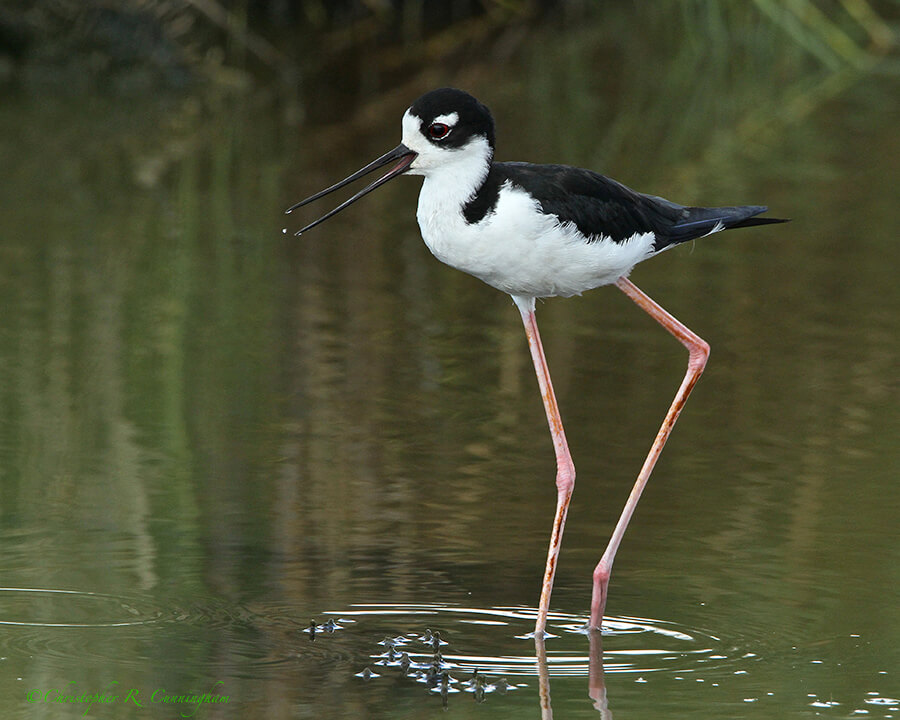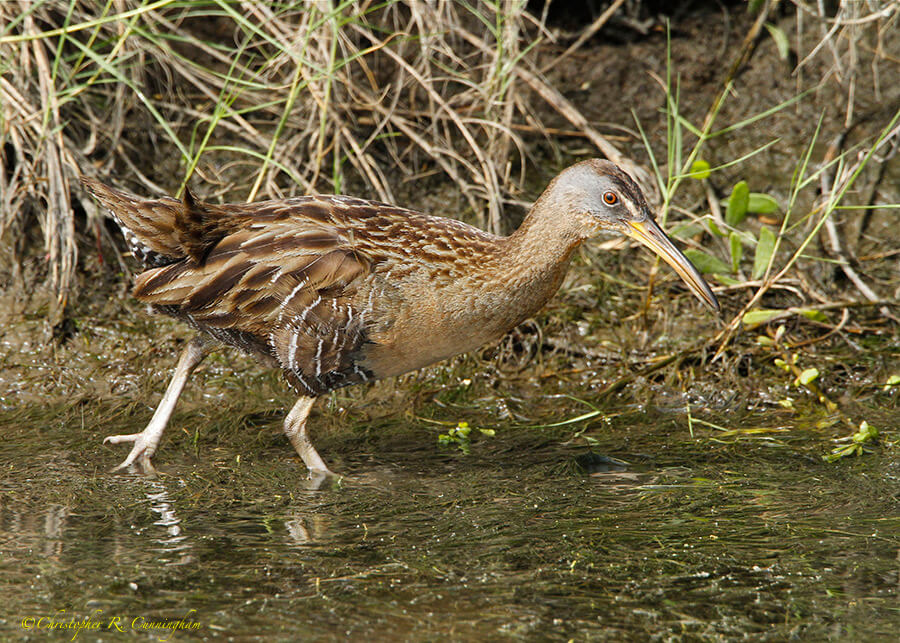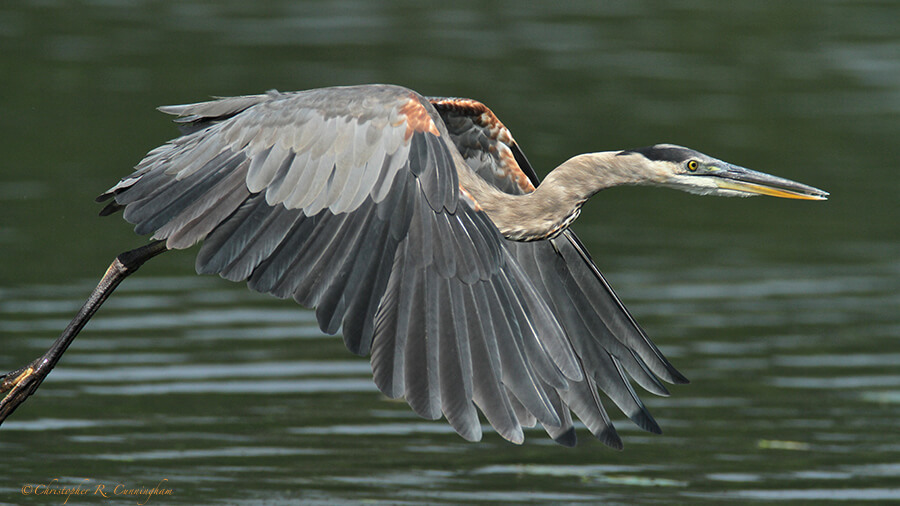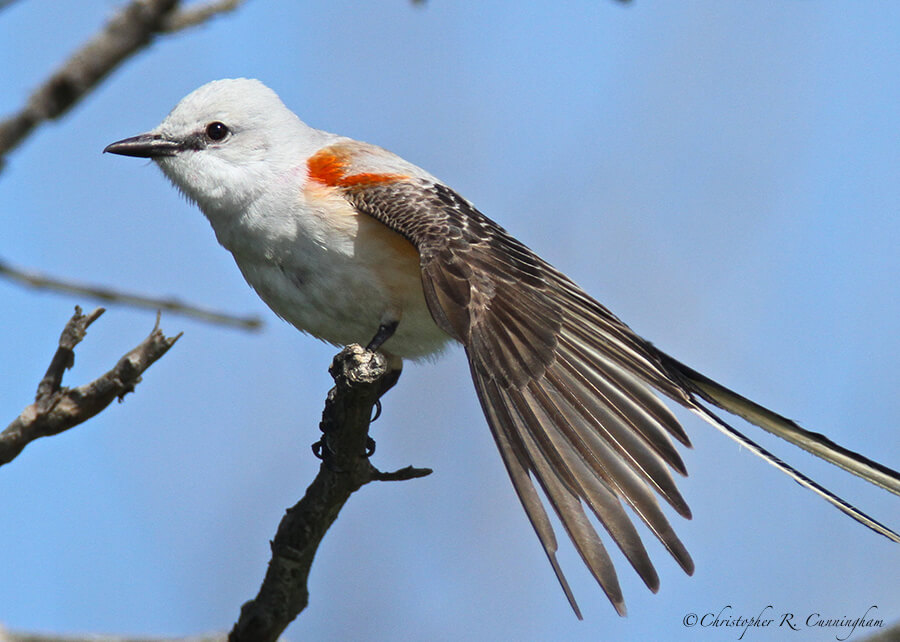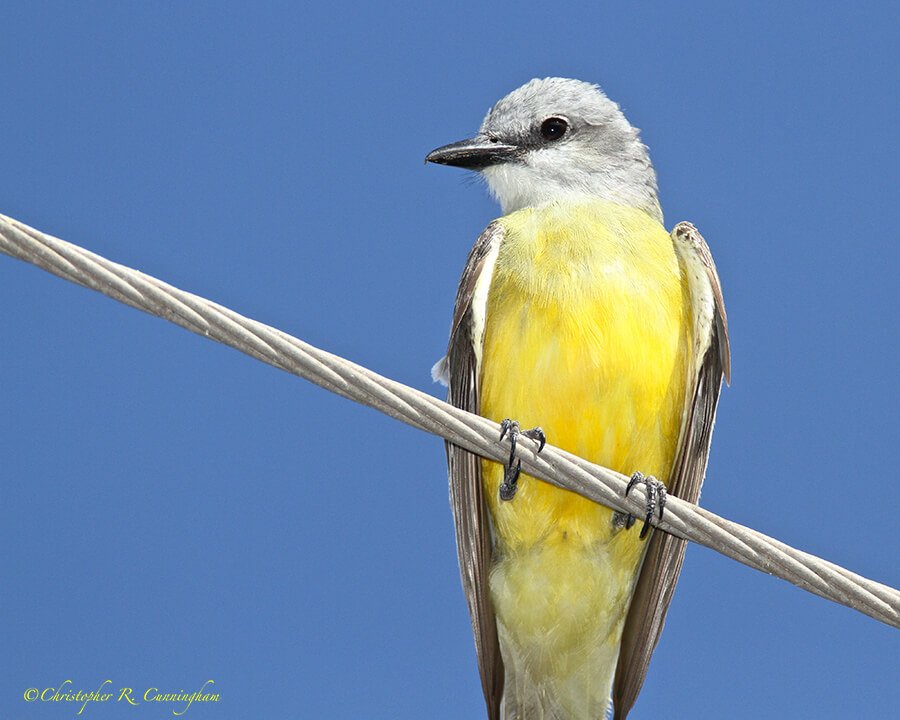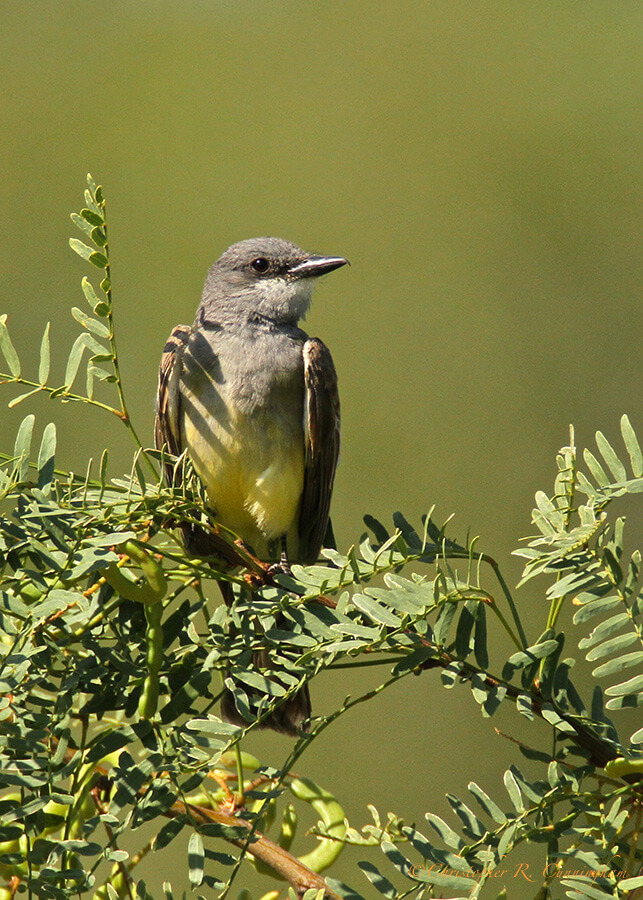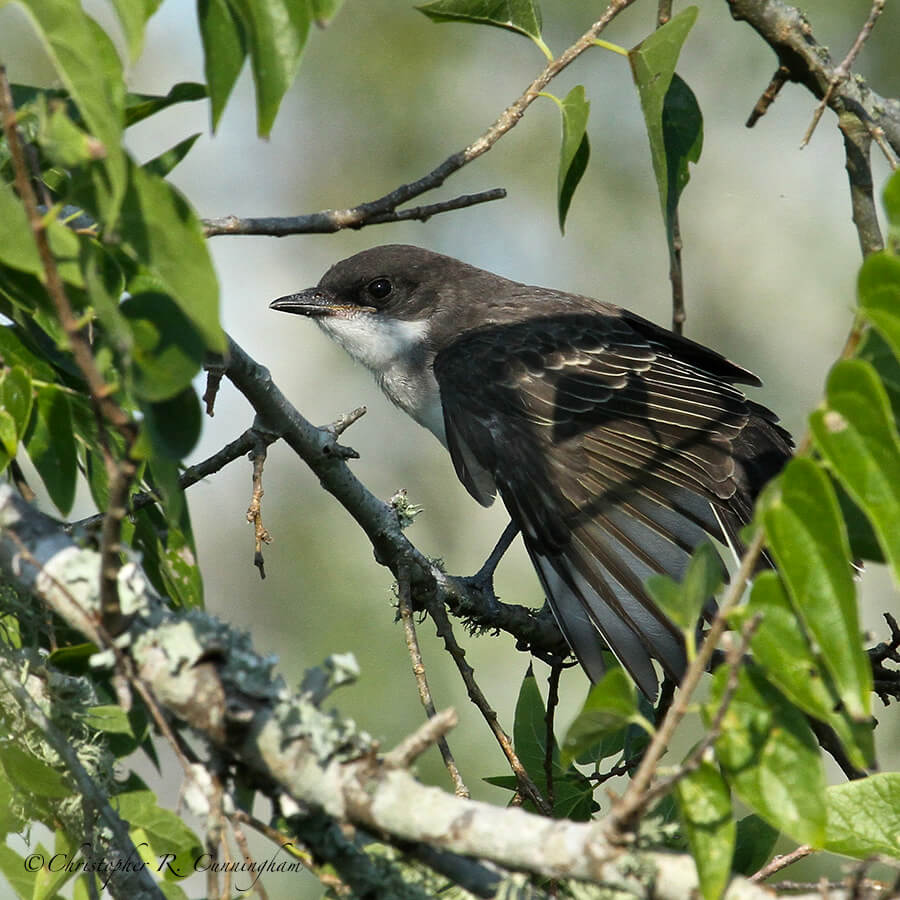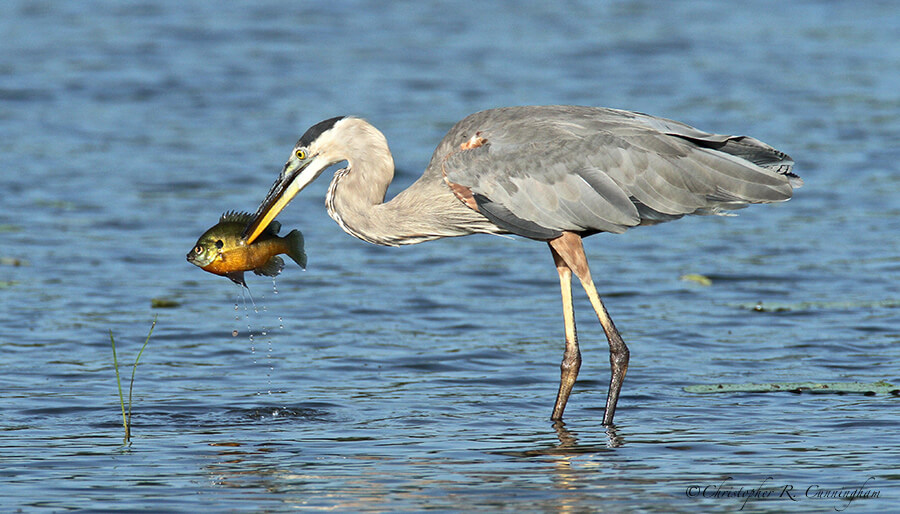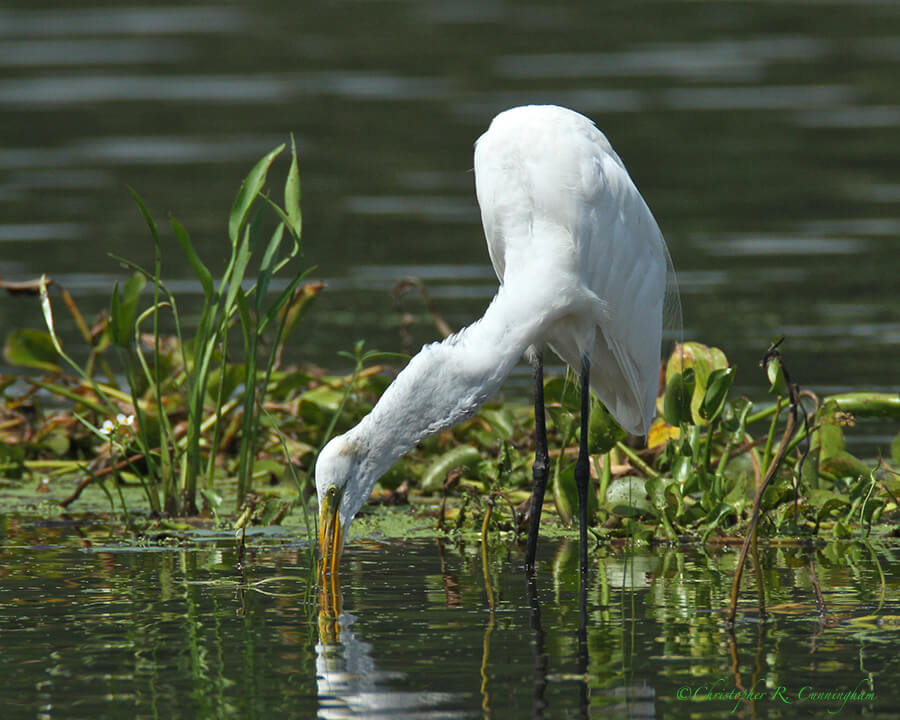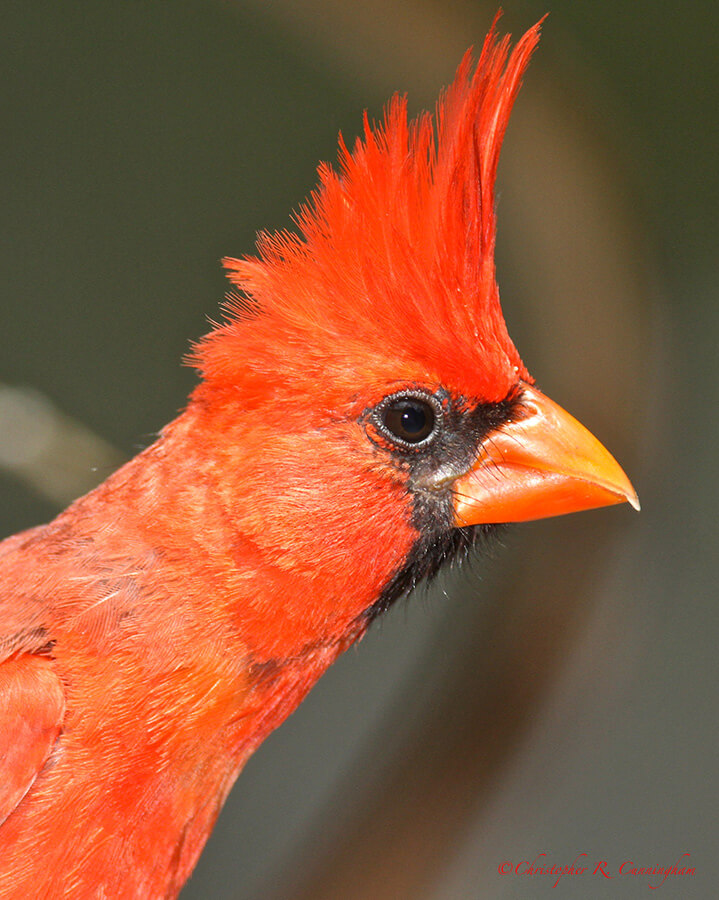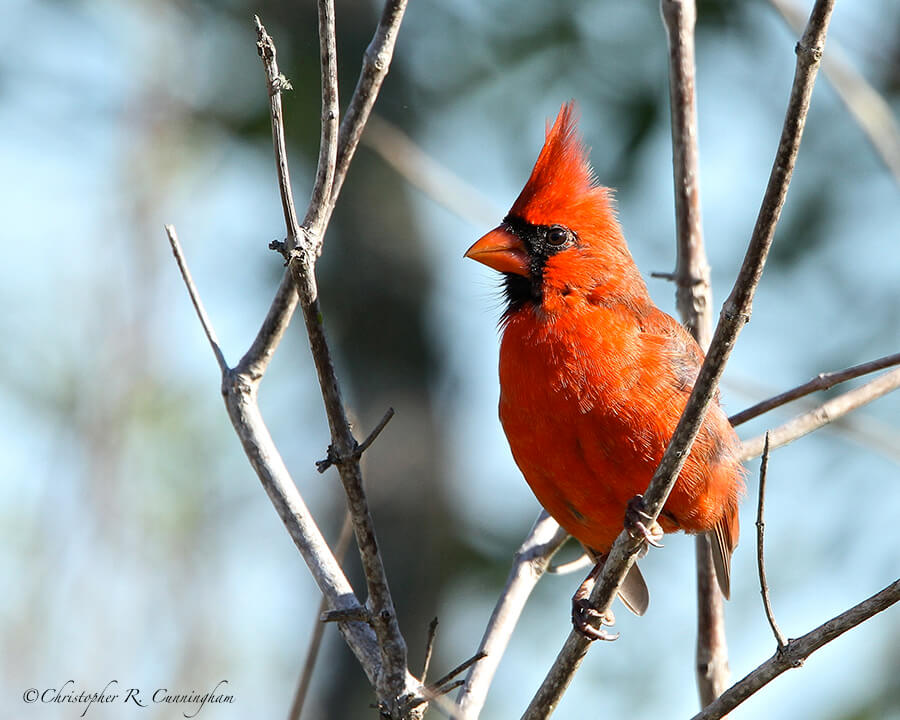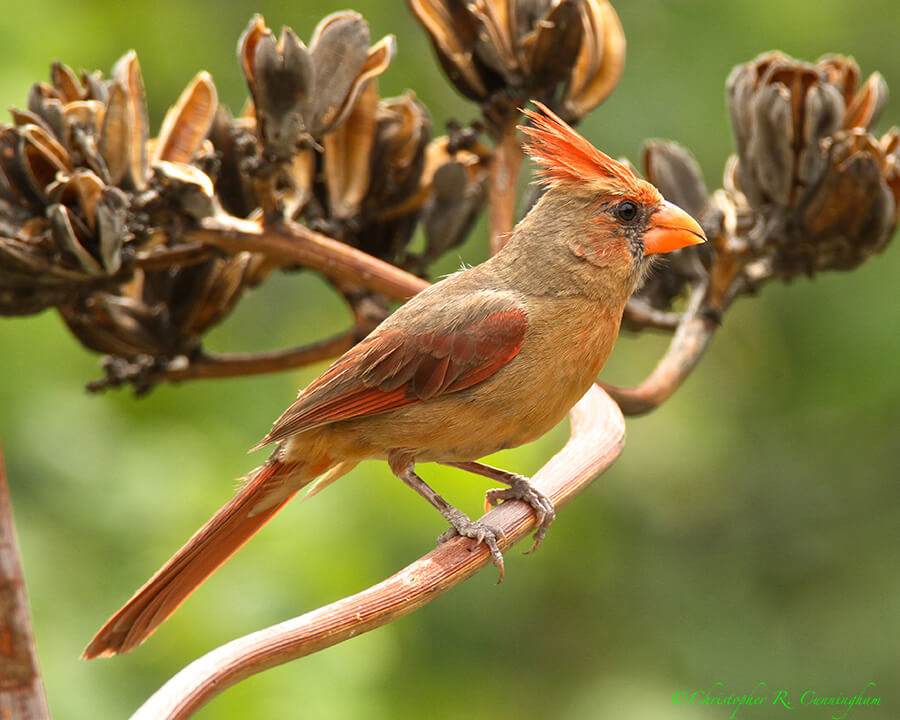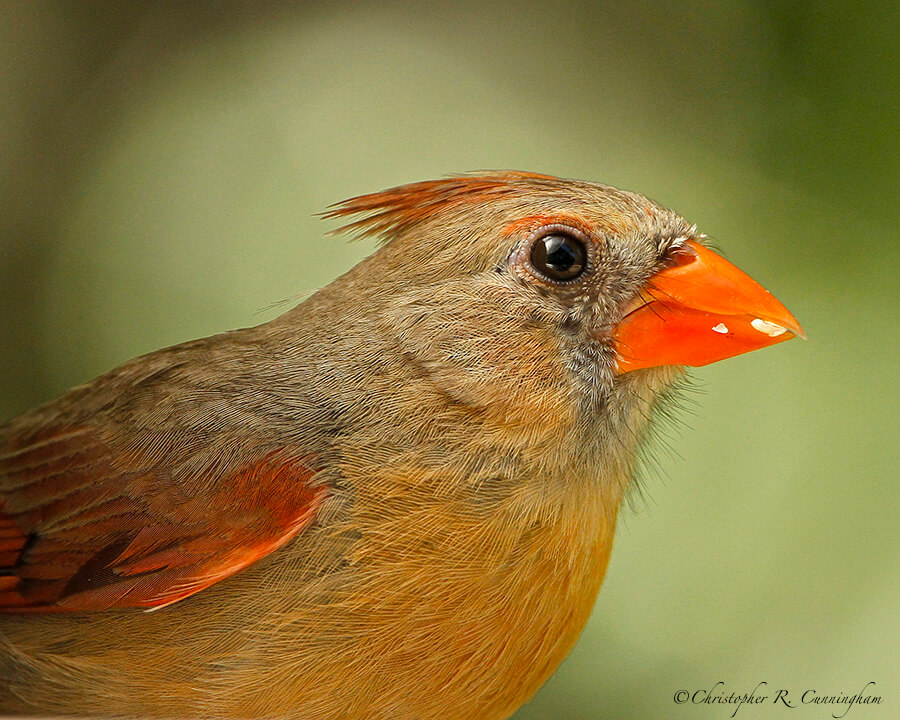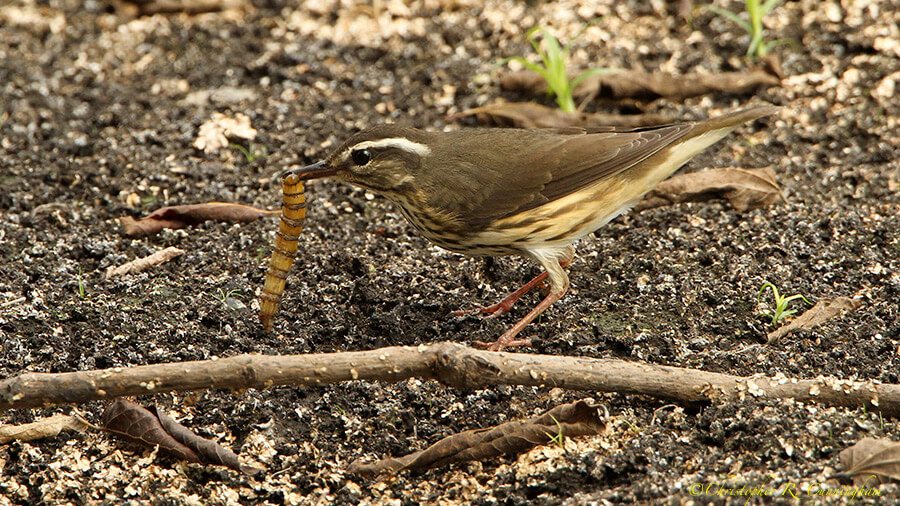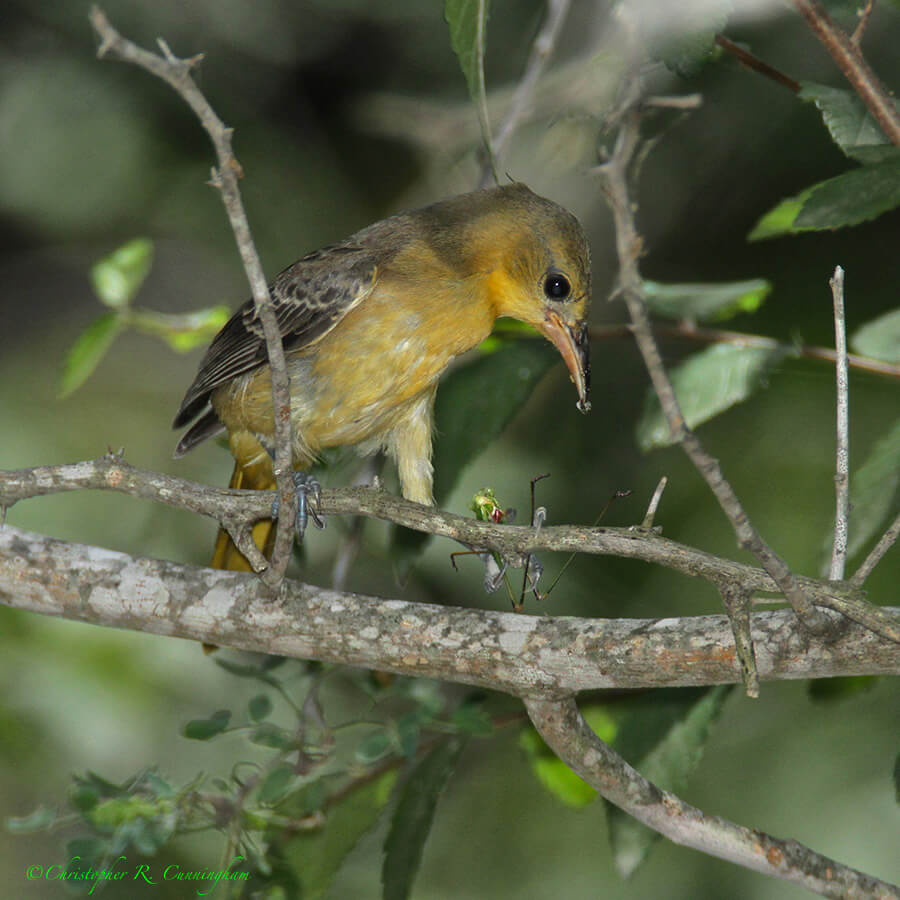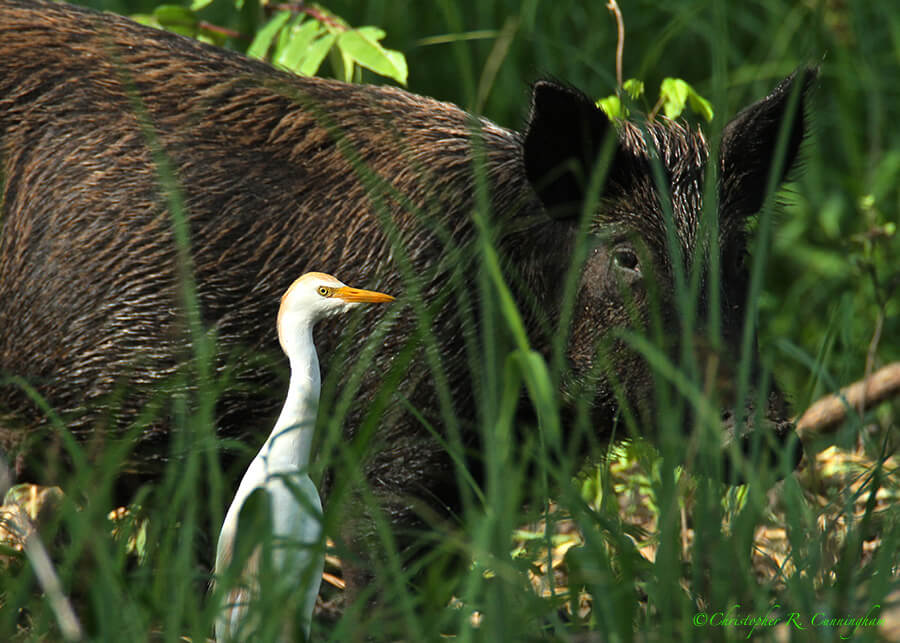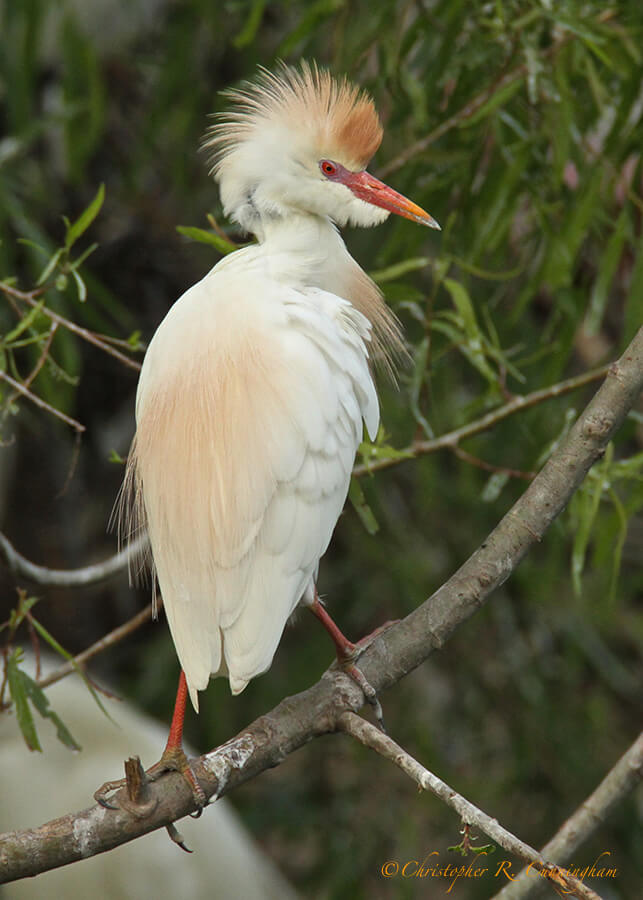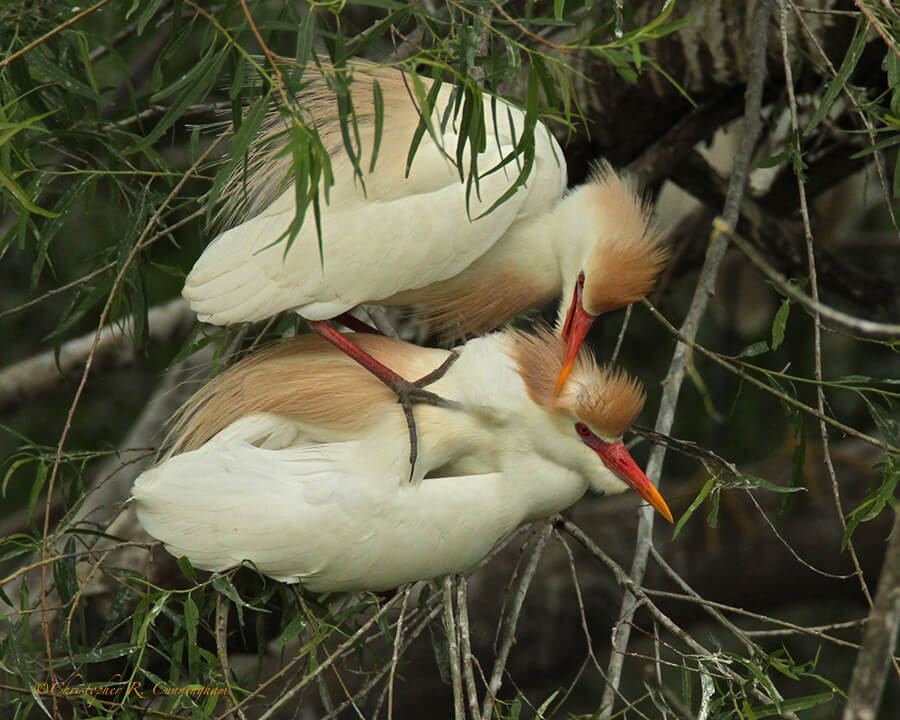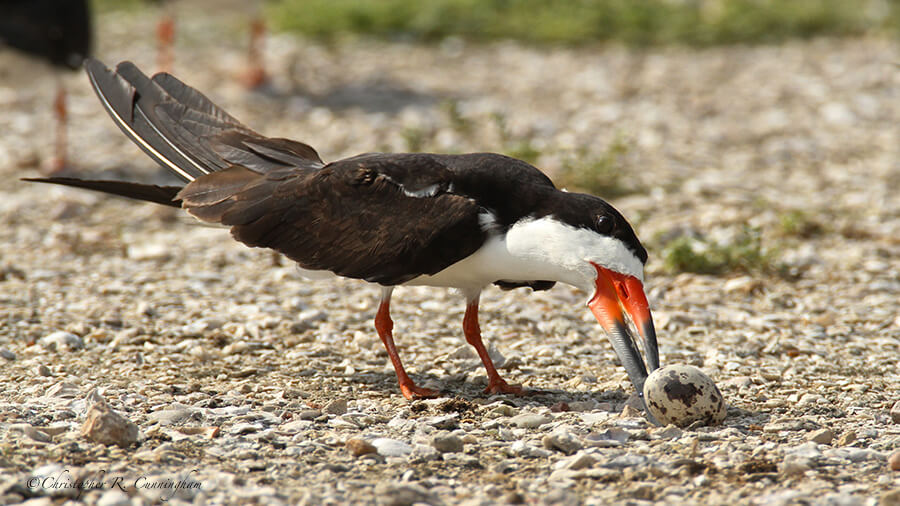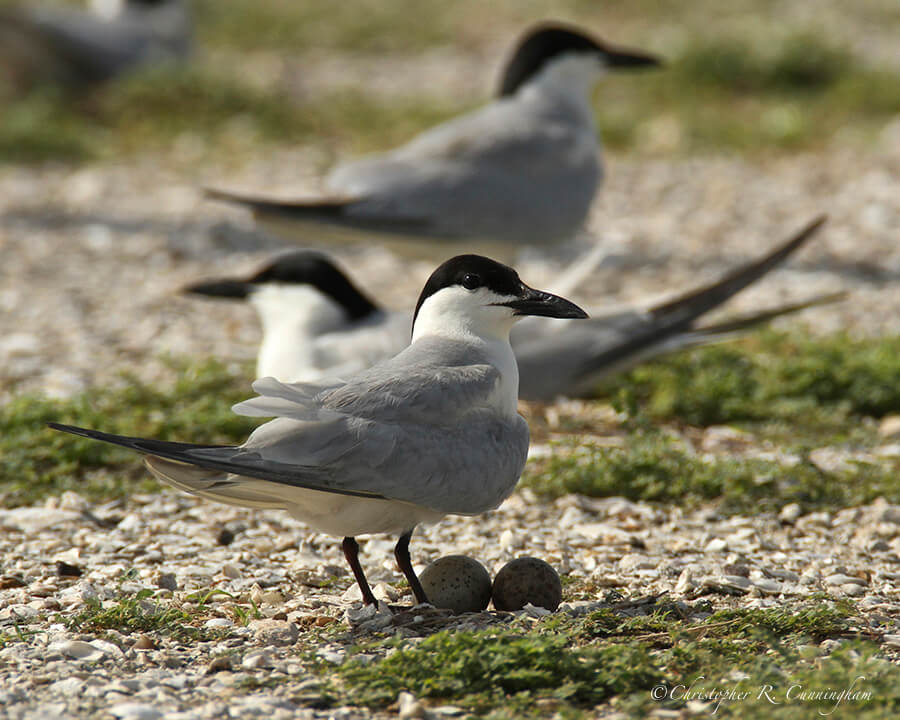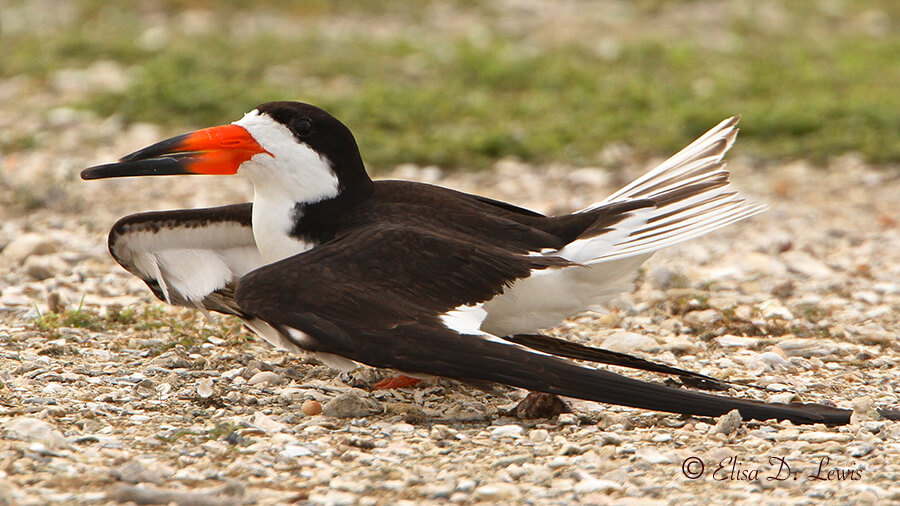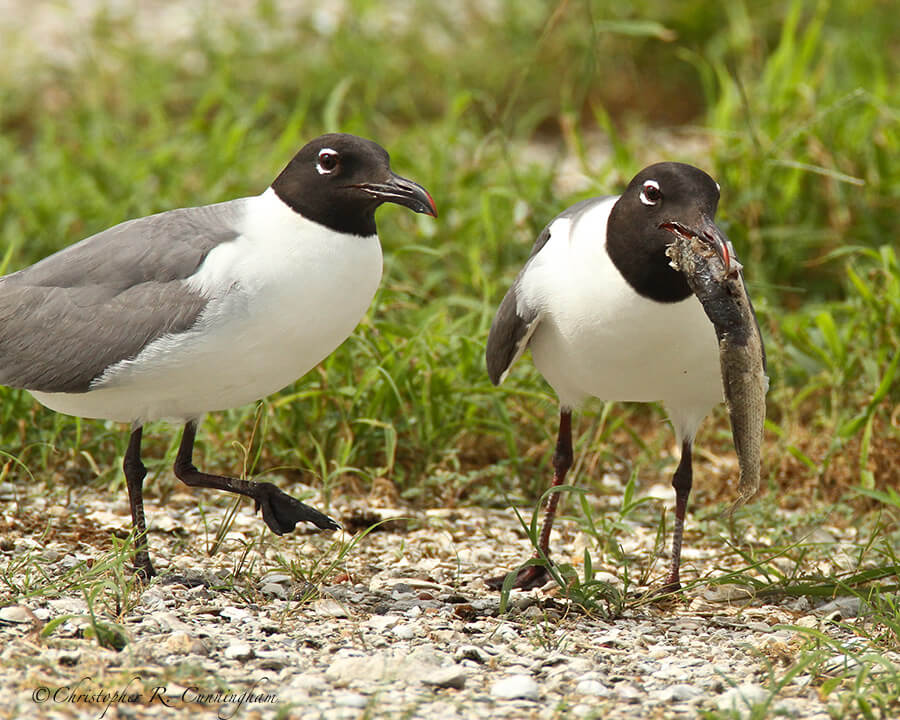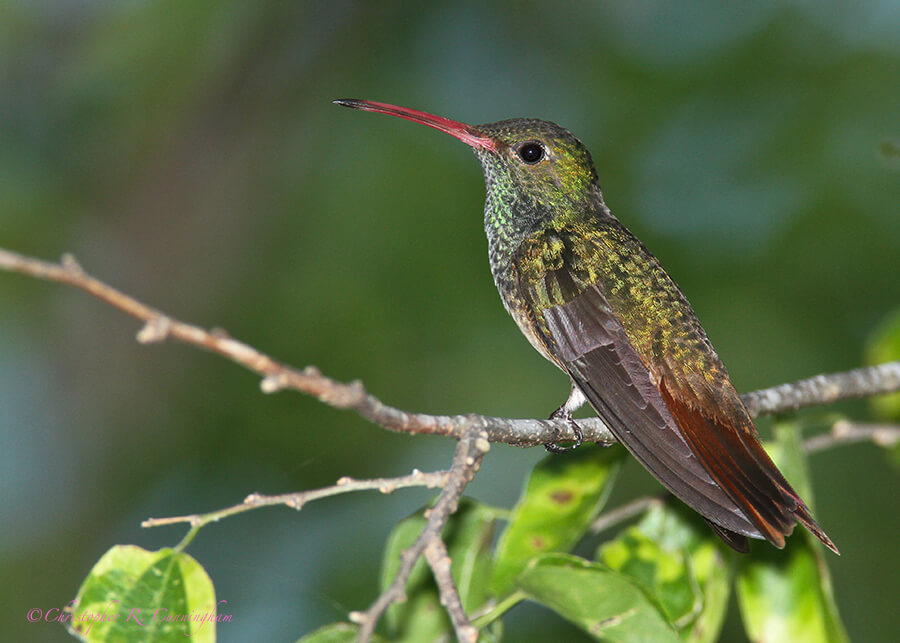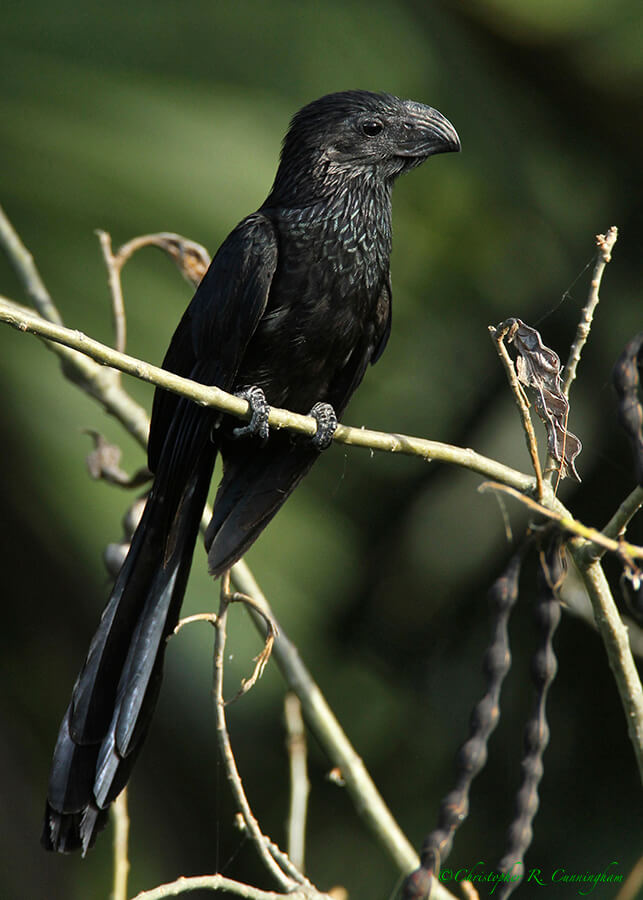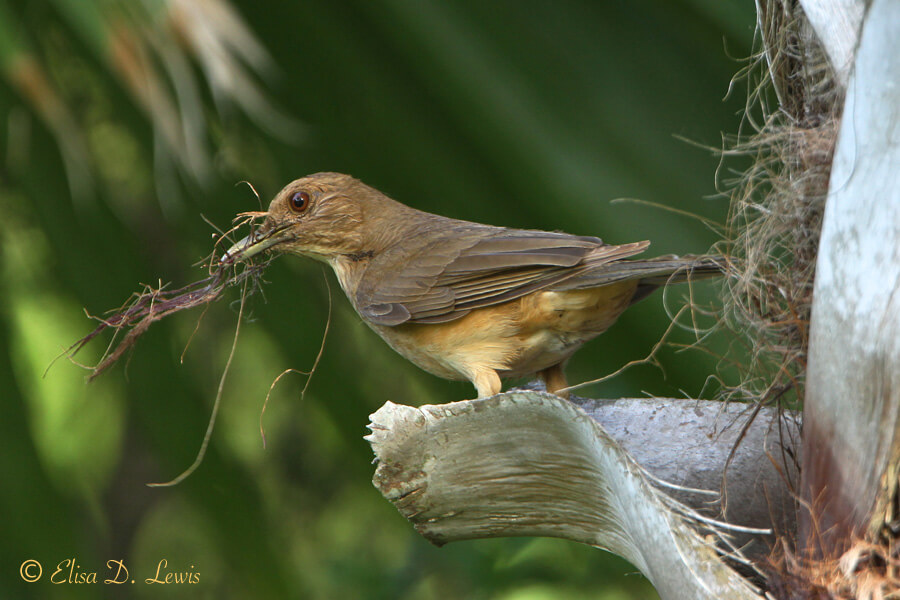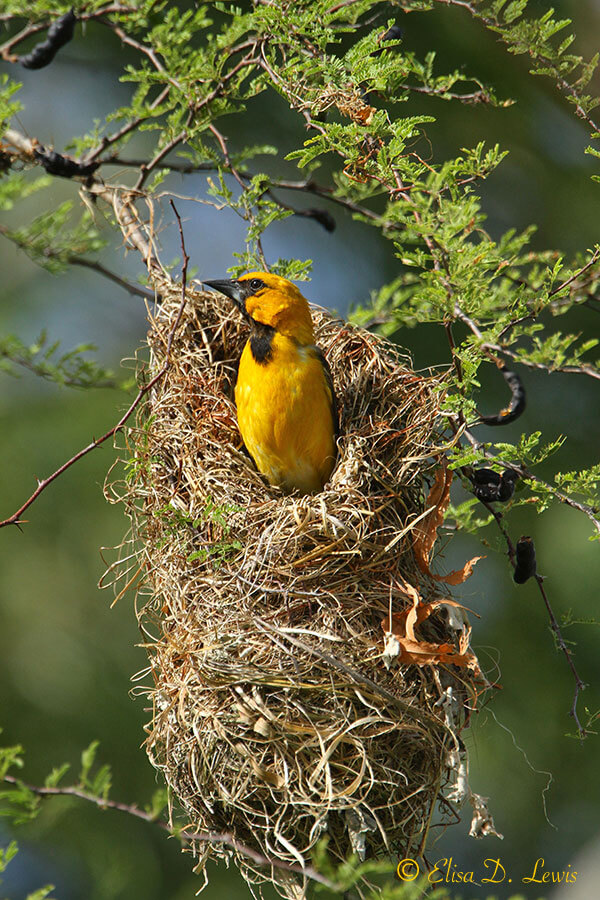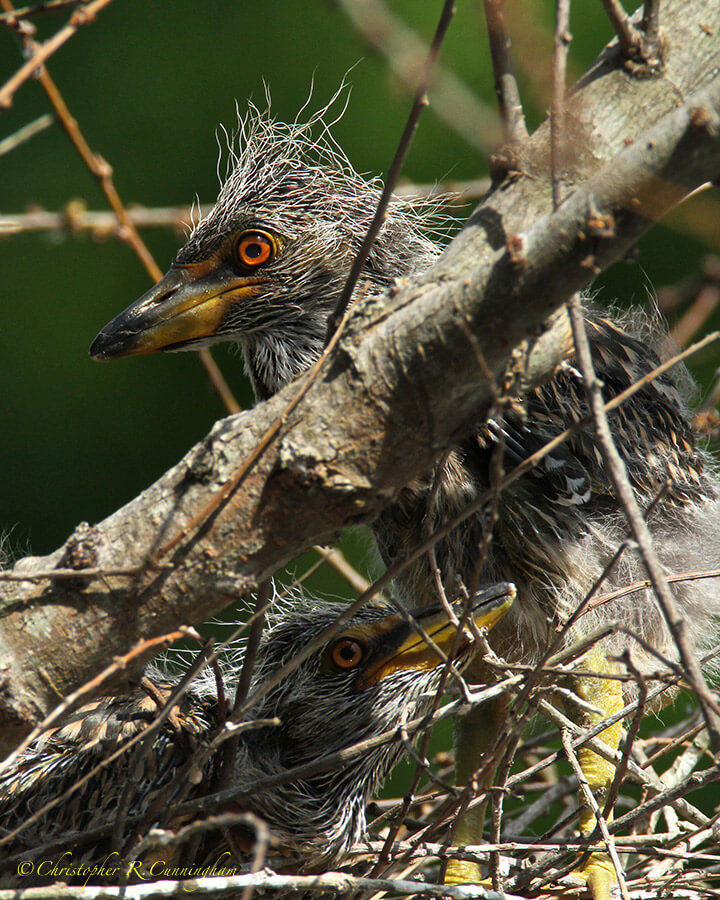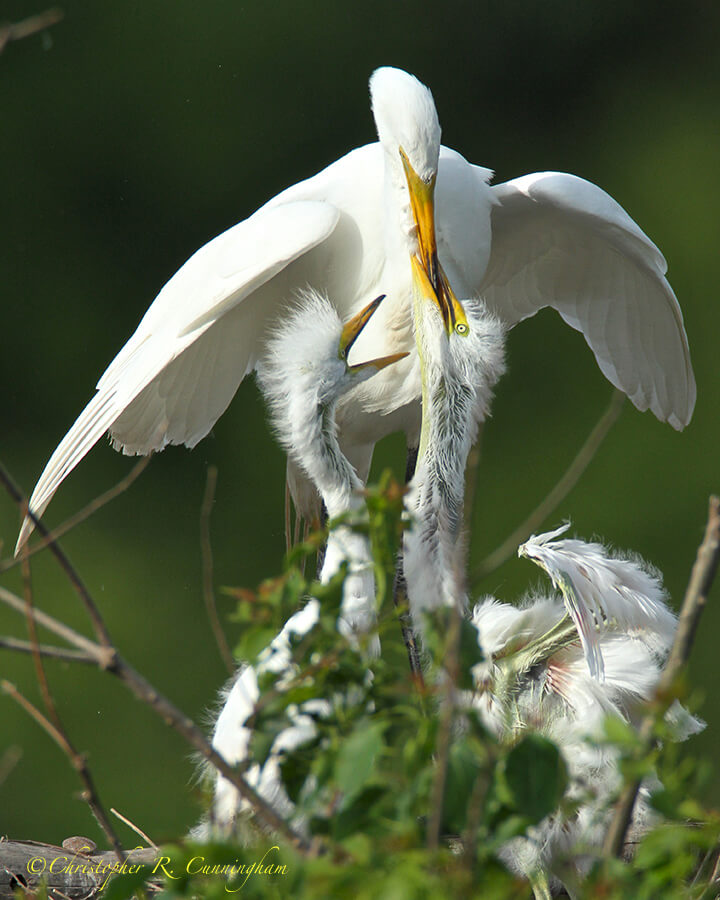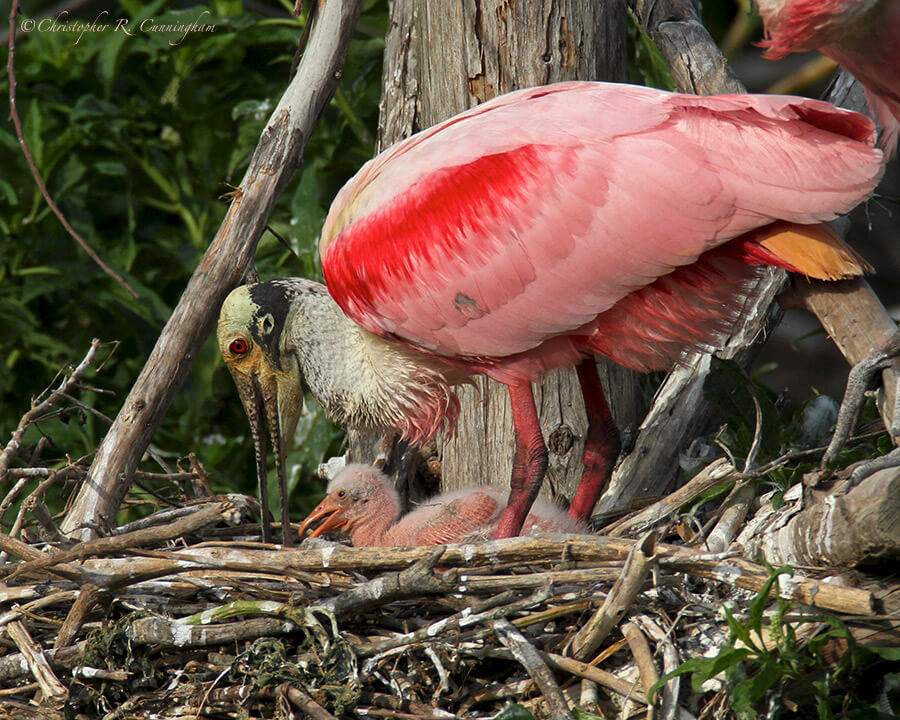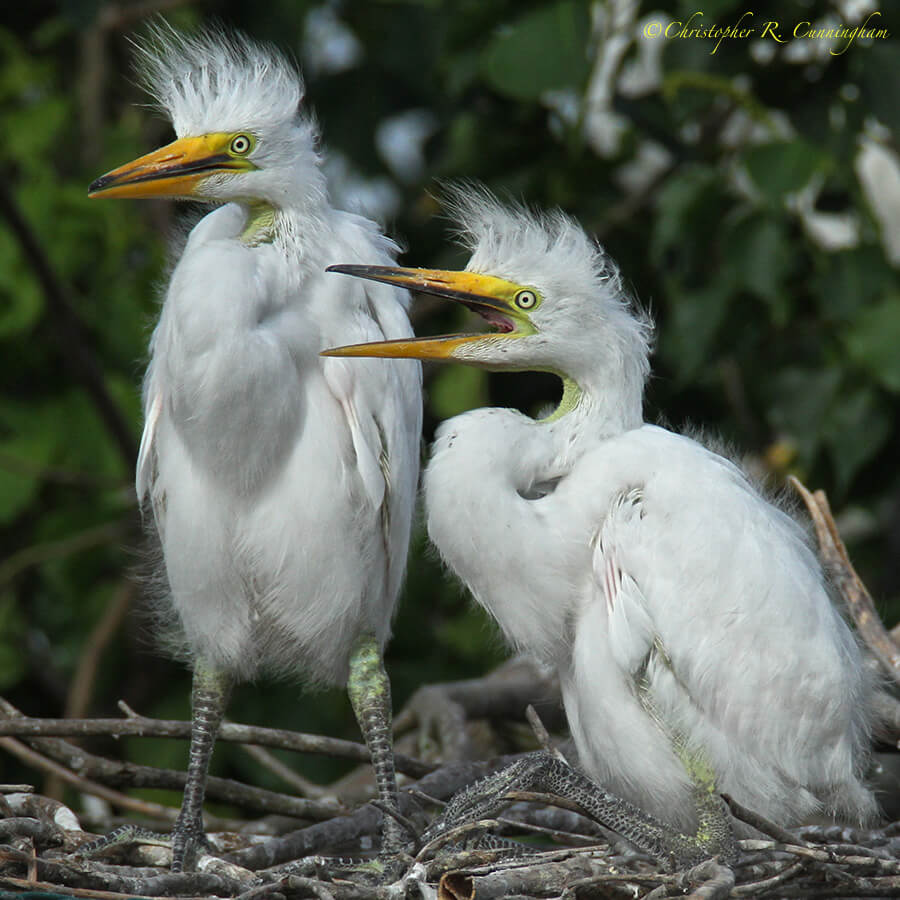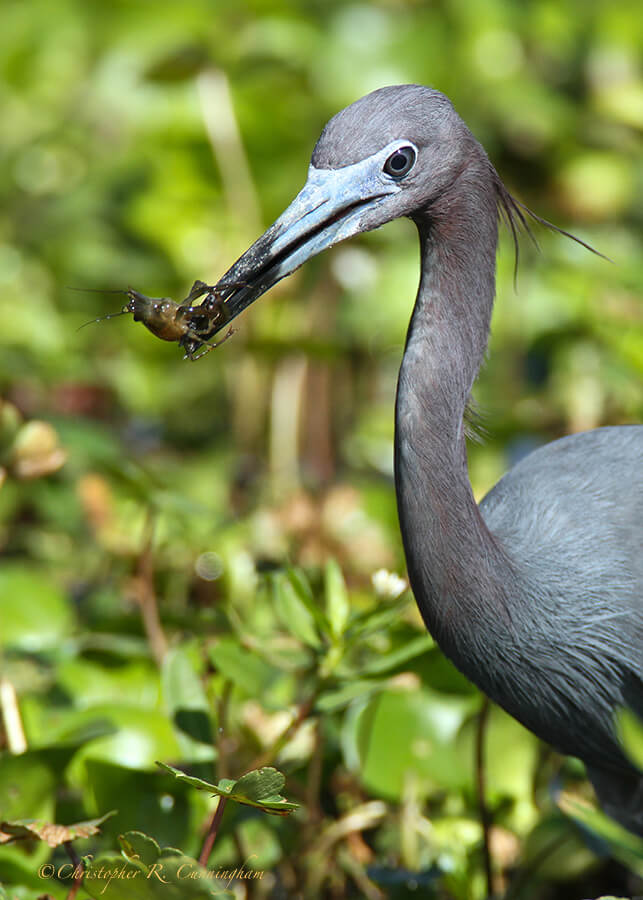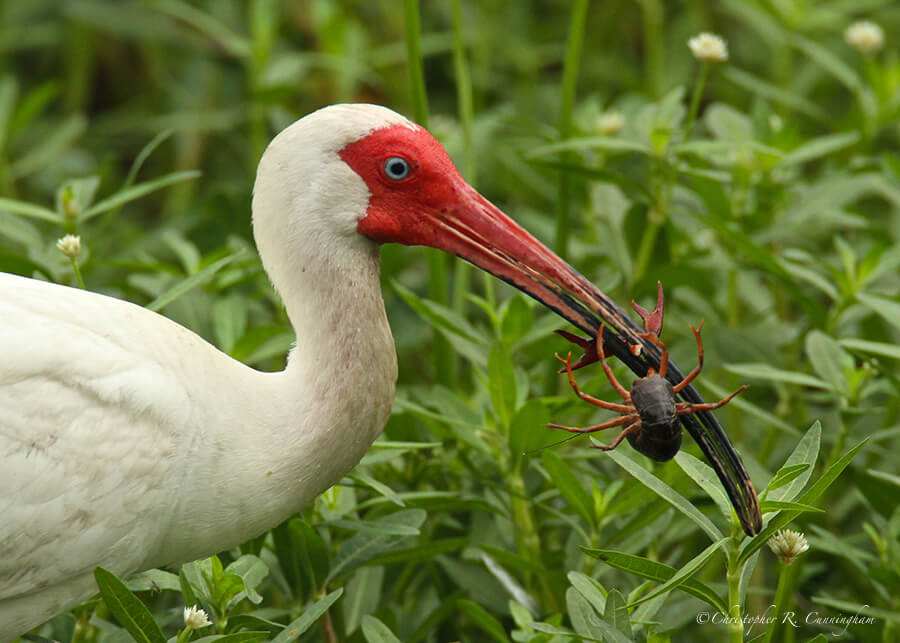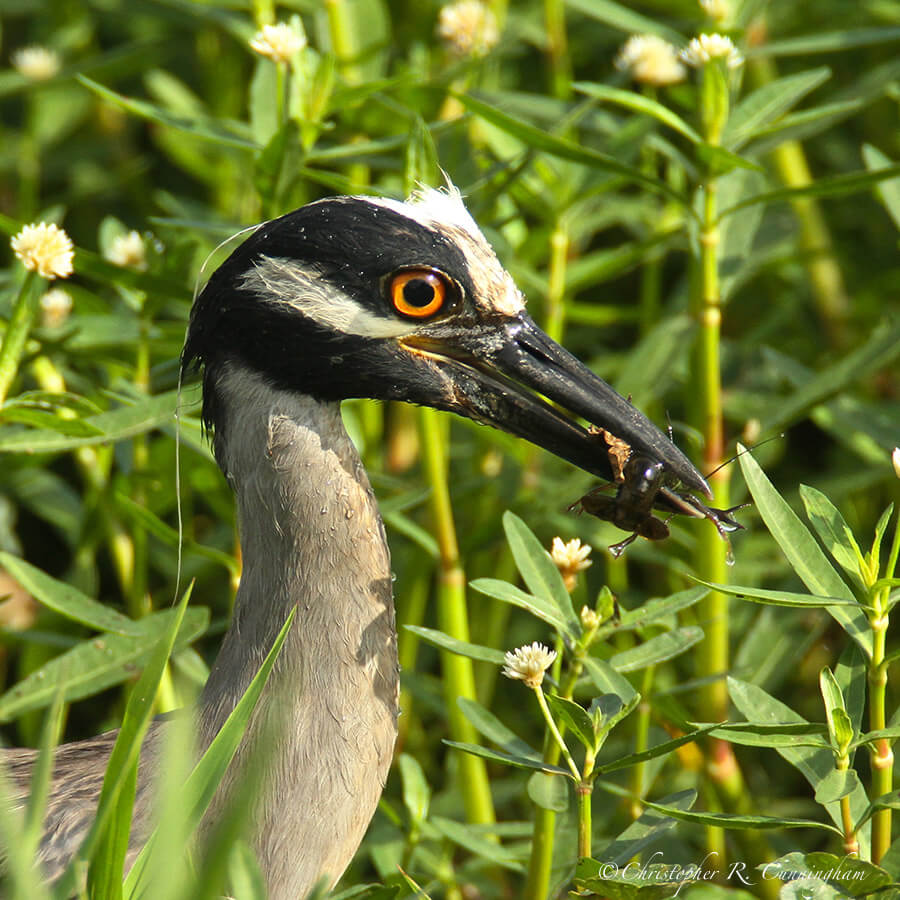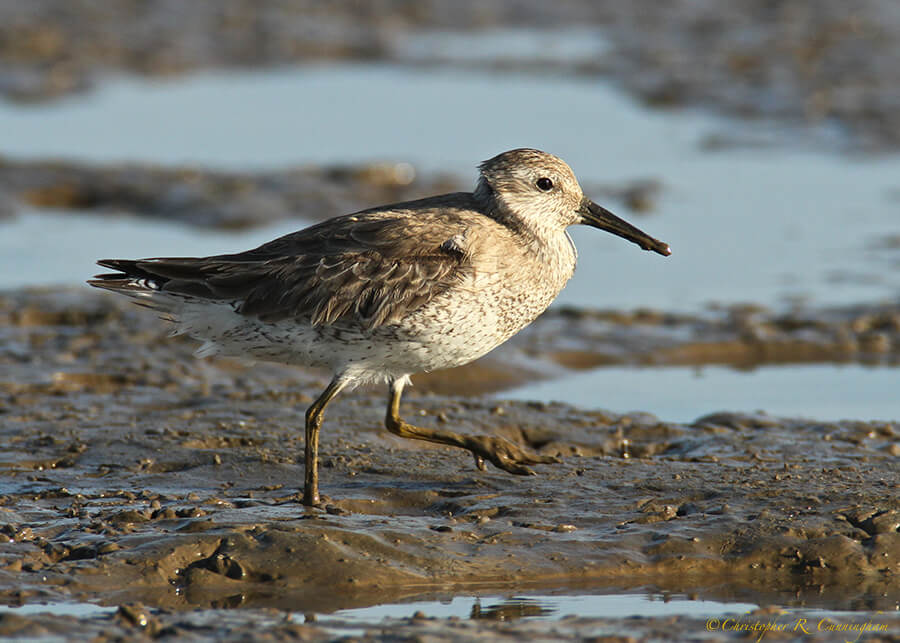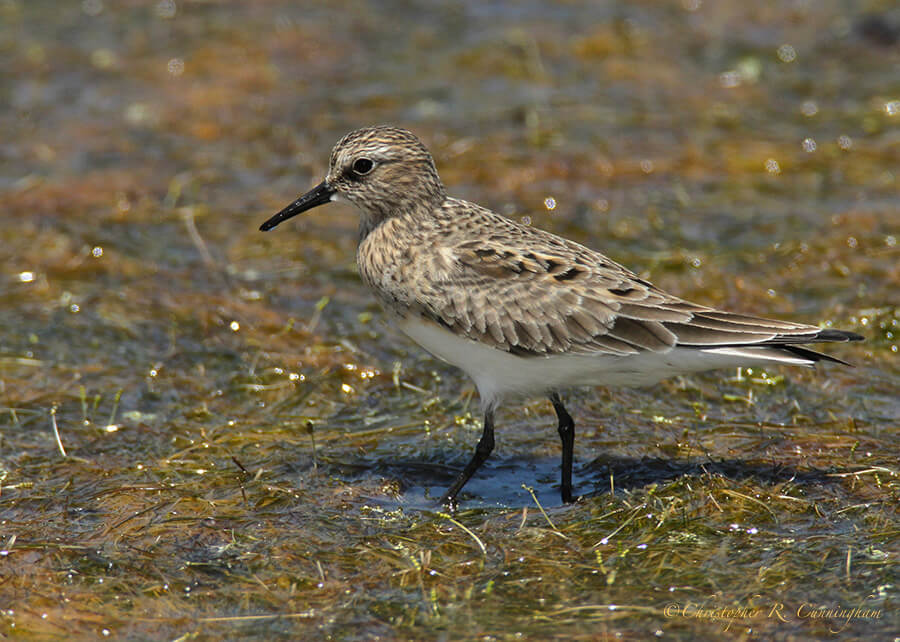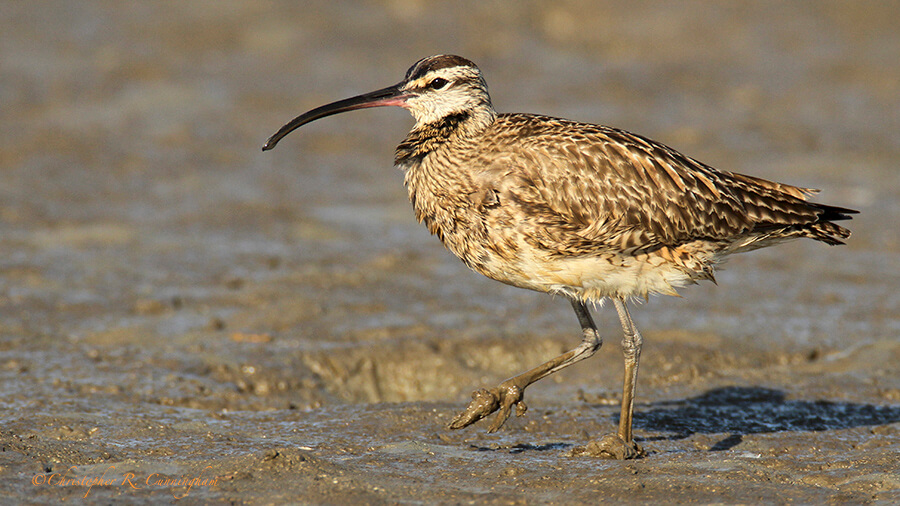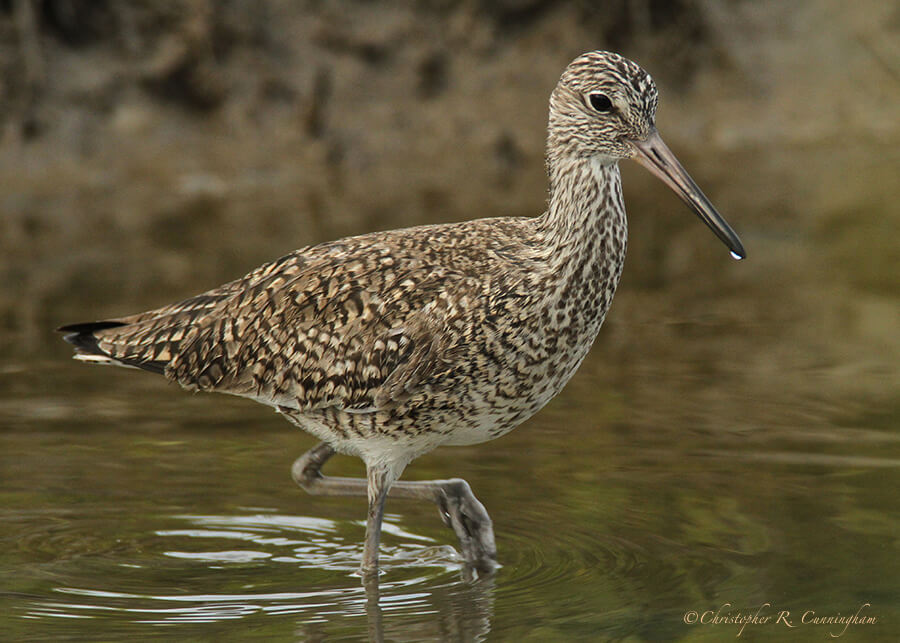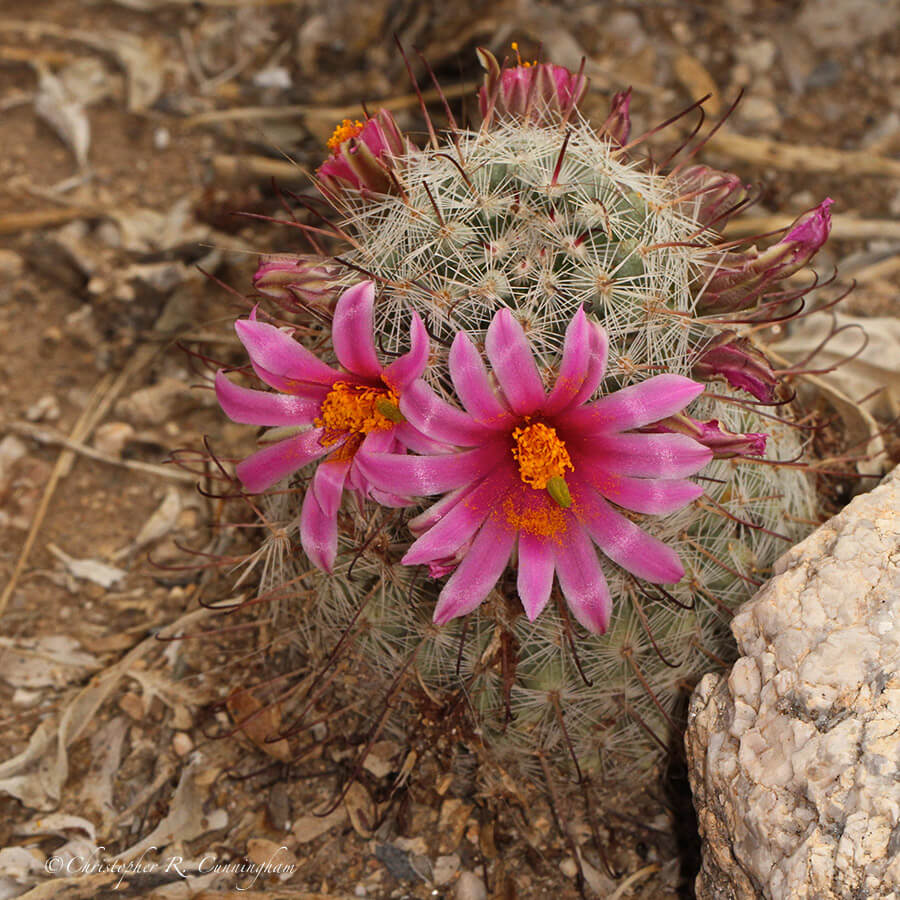
In last week’s post, I noted that due to lousy weather we had been stuck indoors a lot lately contemplating future projects. One pet project I want to work on is building a collection of images of cactus flowers (and developing the skill to do it well). Currently I do shoot plants and animals other than birds when there are no birds around. Up to this point, I’ve been using our 100mm f/2.8L IS macro lens for this work, but I have purchased (after reading technical reports and moping around the house for a week or two) a used 90mm Canon tilt-shift f/2.8, primarily for botanical work. I can’t wait to use it!
Tilt-shift lenses employ the Scheimpflug Principle and convert a plane of sharp of focus into a wedge, thus increasing the apparent depth of field. Shallow depth of field in macro photography, frankly, has what has prevented me from becoming really interested in “macro” work. (Note: I put macro in quotes because much of this work is not true macro, i.e. 1: 1 or greater, but rather just fairly close up using a macro lens.) Depth of field is a function of three variables: aperture (f-stop), focal length, and object distance. Super telephoto work has its own idiosyncrasies and difficulties (like heavy, bulky and expensive lenses, inordinate susceptibility to vibration, etc.), but macro has always seemed especially fussy. Dazzlingly bright light (read bright light and flash) is usually required to capture a macro image that is close enough to present enough detail to be interesting with sufficient depth of field to not look like a child took the photo. Maybe the tilt-shift will help.
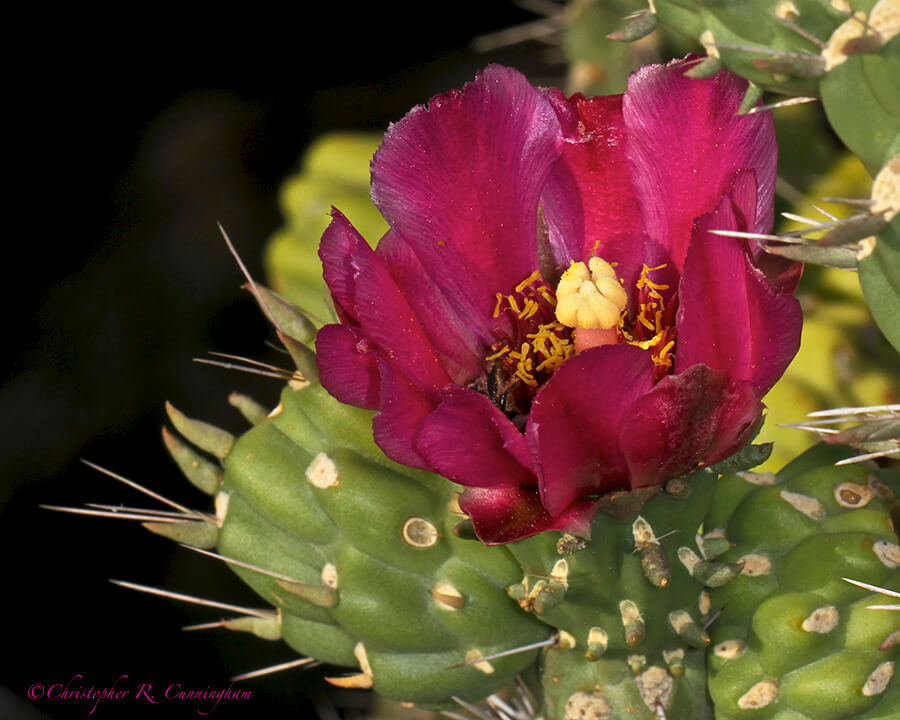
But why cactus flowers, of all things? I must confess a special affection for desert organisms, and deserts in general. The most spectacular places I’ve ever visited are in deserts. As a child, I studied the Arizona Highways magazines at the local library and by February often dreamed of moving away from the frozen wastes of Minnesota. Cactus flowers are especially beautiful–the hummingbirds of the plant world–and I have decided that I would travel just to see and photograph them. Like hummingbirds, they are native to the New World only, and I feel lucky to be able to see and photograph them in the wild.
Up to this point, I’ve only photographed the most common species encountered while chasing birds around, and I know very little about cacti other than that the flowers are pretty and the plants grow in exotic places that I love. Getting serious about cactus flower photography would mean, of course, learning the taxonomy, ecology, and biogeography of the plants. At present this seems a daunting task . . . but it would involve trips to places like Big Bend, the Painted Desert, and . . . dozens of really, really interesting places (i.e., not Houston). Are these just the fantasies of a Dog Days of Houston shut-in? We’ll see.
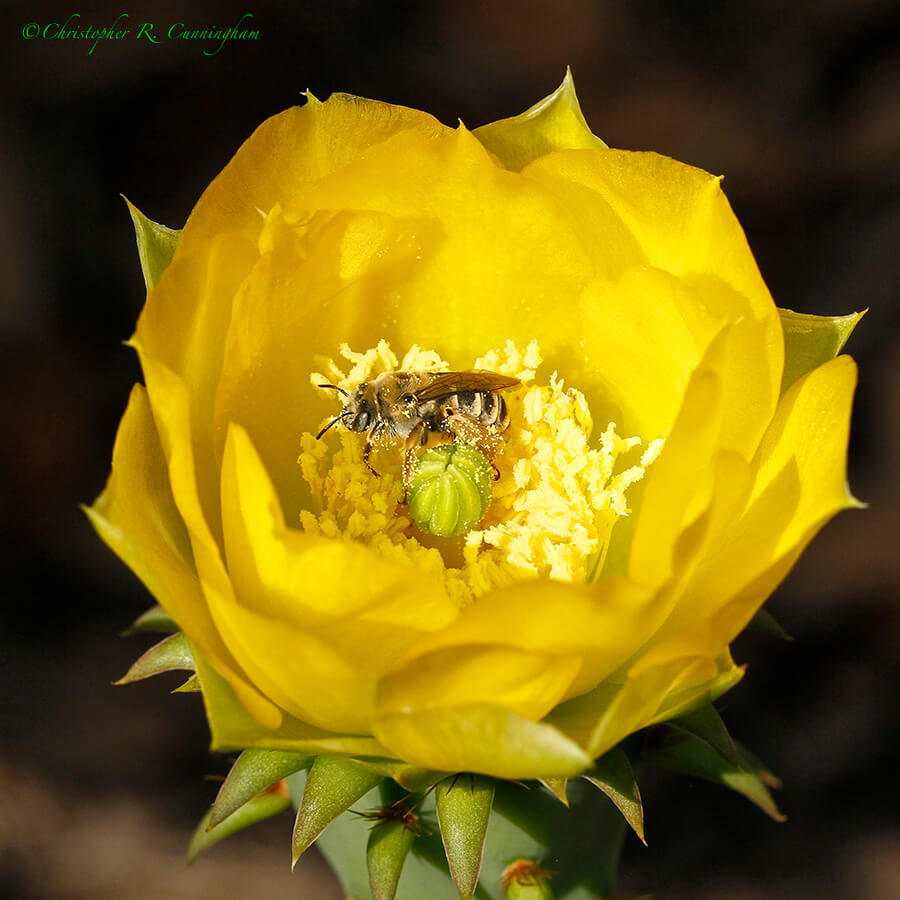
When I write “paradise” I mean not only apple trees and golden women but also scorpions and tarantulas and flies, rattlesnakes and Gila monsters, sandstorms, volcanoes and earthquakes, bacteria and bear, cactus, yucca, bladderweed, ocotillo and mesquite, flash floods and quicksand, and yes — disease and death and the rotting of flesh.—Edward Abbey, Down the River
©2014 Christopher R. Cunningham. All rights reserved. No text or images may be duplicated or distributed without permission.
